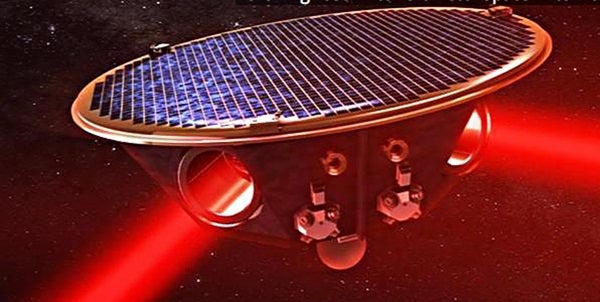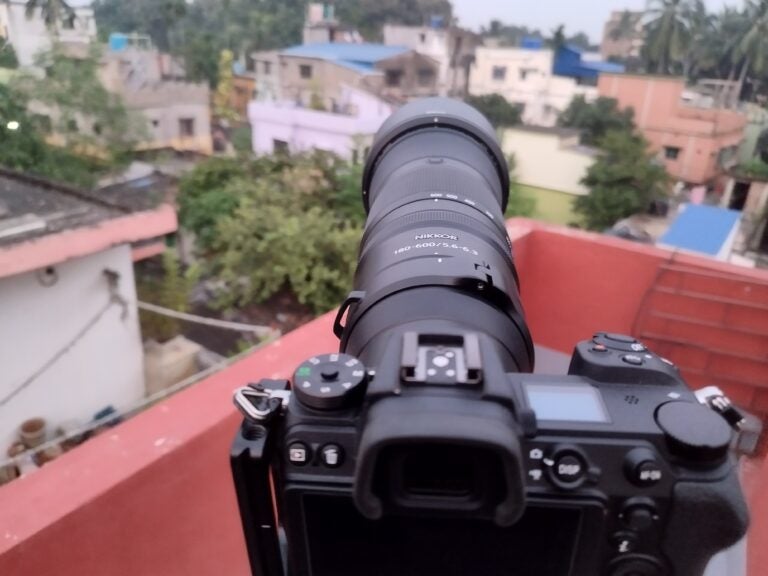“Getting LISA Pathfinder’s core measurement technologies ready to go operational means that we have just completed another crucial step,” said Karsten Danzmann, director at the Max Planck Institute for Gravitational Physics in Hannover, Germany. “We are now firmly on course for a launch in 2015.”
Now, great effort will go into the final documentation. This is a crucial part of the mission because other teams will perform the ongoing integration of the optical bench. Additionally, the documentation will enable the operations center to interpret the received data during the mission, which will be launched in 2015.
LISA Pathfinder is a European Space Agency (ESA) technology test mission that aims to prove key technologies for future space-based gravitational-wave observatories. These experiments cannot be performed on Earth but only in space. For this purpose, one laser arm of a planned large gravitational wave mission, like eLISA, is reduced from millions of kilometers to 16 inches (40cm) to fit into a single spacecraft.
Paving the way
LISA Pathfinder is paving the way for a large-scale space mission designed to detect one of the most elusive phenomena in astronomy — gravitational waves. Extreme precision is required to detect the tiny ripples in the fabric of space and time predicted by Albert Einstein. A direct detection of gravitational waves will add a new sense to our perception of the universe. Gravitational wave astronomy will complement our understanding of the universe and its evolution. Gravitational waves measured by a large mission in space will allow us to trace the formation, growth, and merger history of massive black holes. Also, it will enable us to confront general relativity with observations, and it will probe new physics and cosmology.
International collaboration
LISA Pathfinder is an ESA-led mission. It involves European space companies and research institutes from France, Germany, Italy, the Netherlands, Spain, Switzerland, the United Kingdom, and the U.S.
The concept and details of the optical system for the LISA Pathfinder have been developed at the Max Planck Institute for Gravitational Physics (Albert Einstein Institute) in Hannover, Germany. Danzmann is co-principal investigator of the mission and shares the scientific leadership with Stefano Vitale, University of Trento, Italy.
The Institute for Gravitational Research (IGR) from the University of Glasgow played a major role in defining the interferometer elements and the breadboard model of LISA Pathfinder. For building the flight interferometer, IGR scientists developed precision alignments at a sub-micron level used to mount components onto the optical bench. IGR scientists also designed and manufactured a highly stable fiber collimator, which aligns the laser beams.










